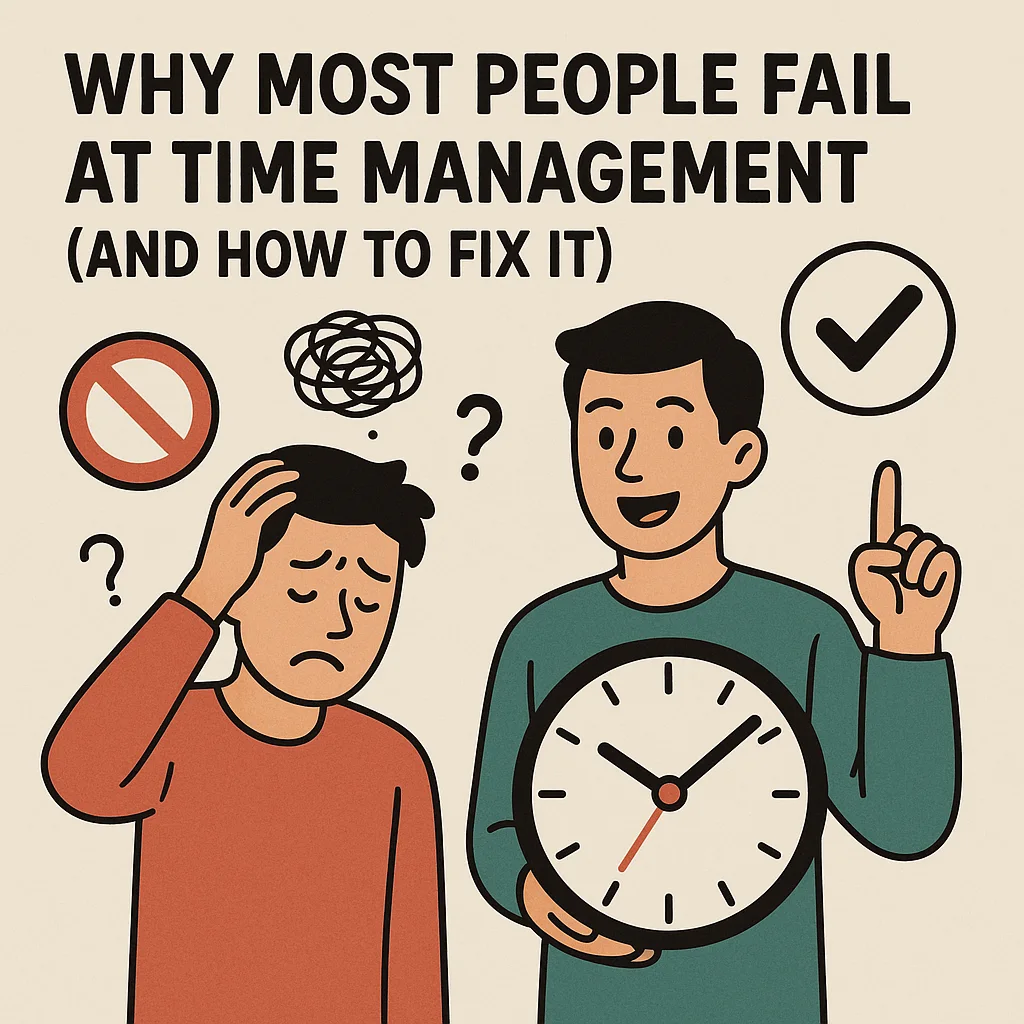Email is a vital component of both personal and business communication in today's digital environment. Whether you're communicating with friends, clients, or coworkers, how well you write an email can have a big impact on how they read it and respond to it. Even with its widespread use, many people still struggle with the art of composing a strong email. This in-depth manual will go over the key strategies and advice to assist you in crafting effective emails that are engaging, succinct, and clear.
Why Email Writing Matters
Before diving into the tips, it’s important to understand why email writing is so crucial:
-
Professionalism: Professional and meticulously written emails convey your attention to detail and professionalism, which might affect how other people view you and your business.
-
Efficiency: Emails that are succinct and easy to read can improve communication efficiency by saving time for both the sender and the recipient.
-
Relationship Building: Kind emails can go a long way toward establishing and preserving goodwill among coworkers, clients, and other contacts.
-
Decision Making: Emails that are effective can give recipients the background knowledge and facts they need to make wise decisions.
-
Record Keeping: Since emails are frequently used as written records of conversations, they must be accurate and unambiguous.
Tips for Writing Effective Emails
Here are some tips to help you craft effective emails that achieve your intended purpose and resonate with your audience.
1. Define Your Purpose
Before you start writing an email, take a moment to define your purpose. Ask yourself:
-
What is the main goal of this email?
-
What action do I want the recipient to take?
-
What information do I need to convey?
Having a clear purpose in mind will help you stay focused and ensure that your email is concise and to the point.
2. Use a Clear and Descriptive Subject Line
The subject line is the first thing the recipient sees, so it’s important to make it clear and descriptive. A well-crafted subject line should:
-
Summarize the main point of the email
-
Capture the recipient’s attention
-
Make it easy to find the email later
Subject lines like "Hello" or "Meeting" are too general and ambiguous; they don't give enough information. Use clear and useful subject lines instead, like "Request for Budget Approval by Friday" or "Project Update: Milestones Achieved."
3. Start with a Greeting
Set a pleasant tone for your email by starting it with a greeting. The formality of the circumstance and your rapport with the recipient will determine the kind of greeting you employ. Here are a few instances:
-
Formal: “Dear [Recipient’s Name],”
-
Semi-formal: “Hello [Recipient’s Name],”
-
Informal: “Hi [Recipient’s Name],” or “Hey [Recipient’s Name],”
If you’re unsure about the level of formality, it’s safer to err on the side of being more formal.
4. Be Concise and Focused
Less is frequently more when it comes to drafting emails. Concise and targeted emails have a higher chance of being read and replied to by their recipients. The following advice will help you write succinct emails:
-
Stick to the Point: To prevent sending too much material to the recipient, stick to one major topic every email.
-
Use Short Paragraphs: To make your email easier to read and comprehend, divide it up into brief paragraphs.
-
Avoid Jargon: Don't use acronyms or technical jargon that the receiver might not comprehend; instead, speak clearly and simply.
-
Edit Ruthlessly: Once you've written your email, go over it and strike anything superfluous.
5. Use Bullet Points and Numbered Lists
To effectively organize information and make your email easier to read, use bullet points and numbered lists. They can assist in emphasizing crucial points and making sure that crucial information is not missed. As an illustration, consider this:
-
Project deadline: March 15
-
Budget: $10,000
-
Key milestones:
-
Design approval by February 1
-
Prototype completed by February 28
-
Final review by March 10
-
6. Be Polite and Professional
Even when you're dealing with a challenging circumstance or venting your emotions, you should always write in a courteous and professional manner in your emails. The following advice can help you strike the appropriate note:
-
Use “Please” and “Thank You”: Including these polite expressions can go a long way in showing respect and appreciation.
-
Avoid Negative Language: Instead of saying “You didn’t complete the task,” try “Can you provide an update on the task?”
-
Be Empathetic: Put yourself in the recipient’s shoes and consider how your words might be perceived.
7. Provide Context
Contextualizing emails is crucial, especially when sending them to recipients who might not be familiar with the subject. This facilitates the recipient's understanding of the email's goal and any pertinent background data. As an illustration:
"In response to our conversation at our meeting last week regarding the impending product launch, I wanted to give you the most recent information and the next course of action."
8. Use a Call to Action
Be detailed in what you ask the recipient to do if you want them to do something. We refer to this as a "call to action." Here are a few instances:
-
“Please review the attached document and provide your feedback by Wednesday.”
-
“Let me know if you’re available for a meeting next week to discuss this further.”
-
“Click on the link below to complete the survey.”
9. Proofread Before Sending
Give your email a thorough proofread for a few minutes before clicking "Send." By doing so, you can make sure that your message is clear and professional and correct any spelling or grammar errors. The following advice will help you proofread effectively:
-
Read Your Email Out Loud: This can help you catch awkward phrasing or unclear sentences.
-
Check for Spelling and Grammar Errors: Spell checkers are useful, but don't depend solely on them. Carefully go over your email to make sure the spell checker caught anything wrong.
-
Double-Check Names and Details: Verify that all of the information, including dates and numbers, is right and that the recipient's name is spelled correctly.
10. Include a Signature
A polished email signature gives the receiver access to your contact details and elevates the appearance of your correspondence. Typical signatures for emails consist of:
-
Your full name
-
Your job title
-
Your company or organization name
-
Your phone number
-
Your email address
-
Your company’s website
Conclusion
In today's digital environment, being proficient in email writing is crucial for efficient communication. You may send effective emails that accomplish your goals and connect with your readers by using the strategies and pointers listed here. Recall that the secret to producing an effective email is to keep your audience in mind, write in a professional manner, and offer information that is clear and succinct. You can become more proficient at composing emails and communicate more effectively both personally and professionally with practice and attention to detail.




